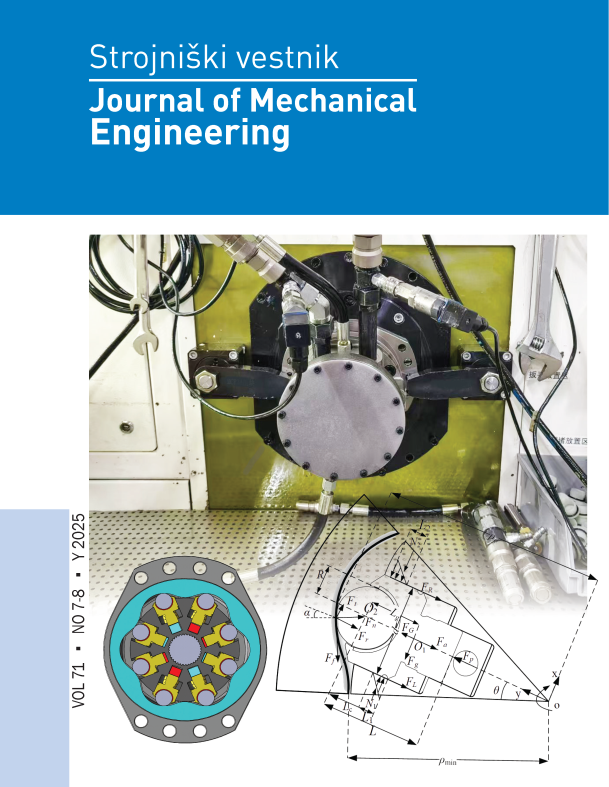Thermodynamic Evaluation and Working Fluid Selection for a Heat Pump Integrated into a Hydropower Plant HVAC System: A Case Study from Serbia
DOI:
https://doi.org/10.5545/sv-jme.2025.1344Keywords:
hydropower plant, heat pump, energy efficiency, COP, SCOPAbstract
This paper presents a thermodynamic analysis of two types of heat pumps integrated into the heating, ventilation, and air conditioning (HVAC) system of the “Bajina Bašta” hydropower plant located in Serbia. The study aims to replace existing electric boilers with more energy-efficient solutions by utilising renewable heat sources. A comparative evaluation of water source heat pump (WSHP) and air source heat pump (ASHP) configurations was conducted using a custom-developed MATLAB model based on CoolProp data of working fluids. The analysis was supported by real data obtained through in situ measurements of air and water temperatures at the selected location, ensuring accurate input parameters for the simulations. Five refrigerants (R-410A, R-407C, R-134a, R-32, and R-1270) were used, and R-32 was selected as the optimal working fluid because of its high efficiency, moderate flammability, and low environmental impact. The lowest coefficient of performance (COP) for the WSHP was 3.27 in January, while the seasonal coefficient of performance (SCOP) reached 3.36, approximately 15.5 % higher than the ASHP counterpart (SCOP = 2.91). The study confirms that, upon analyzing the entire heating period, WSHP systems are technically and environmentally superior to ASHPs in the locations studied. The proposed configuration, based on real measured data and obtained results, can significantly improve energy efficiency and reduce internal electricity consumption in hydropower plants, thereby supporting the decarbonisation of large-scale renewable energy facilities. While most previous studies have focused on improving energy efficiency in buildings, this work demonstrates the substantial yet underexplored potential for efficiency improvements in the electricity production sector in Serbia. The study specifically examines hydropower plants in Serbia, where heating and air conditioning systems built in the 1960s remain highly energy inefficient. By quantifying the benefits of integrating WSHP and ASHP systems, the research highlights a pathway toward significantly enhancing the energy efficiency of hydropower infrastructures.
Downloads
Published
How to Cite
Issue
Section
License
Copyright (c) 2025 The Authors

This work is licensed under a Creative Commons Attribution 4.0 International License.


